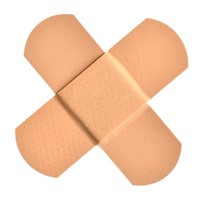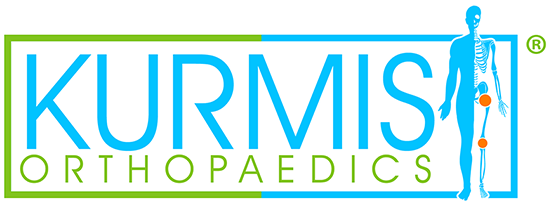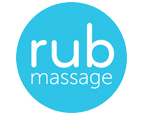
 Have you ever questioned that being sent for a cortisone injection may not be the right answer?
Have you ever questioned that being sent for a cortisone injection may not be the right answer?
The latest research into two of the most common areas for cortisone injections – shoulders and hips sheds some light on why injections are not as effective as other treatments in the majority of cases.
A common misdiagnosis…
Pain on the outside of the hip, commonly misdiagnosed as ‘bursitis’, is actually tendon related and termed ‘gluteal tendonopathy.’ In the majority of cases it is not bursa related, even though the bursa might show some inflammation on a scan, therefore the success of injections is limited.
Recent studies have concluded the following:
“For gluteal tendinopathy, education plus exercise and corticosteroid injection use resulted in higher rates of patient reported global improvement and lower pain intensity than no treatment at eight weeks.
Education plus exercise performed better than corticosteroid injection use.
At a 52 week follow-up, education plus exercise led to better global improvement than corticosteroid injection use, but no difference in pain intensity.” Mellor et al 2018
Shoulder Pain
Similarly, one of the most common causes of shoulder pain is tendon related problems of the rotator cuff which is a group of four muscles which blend to support the ball of the shoulder joint in its socket.
Studies are showing that injections for the shoulder in this patient group are costly, painful, potentially harmful and provide very limited benefit.
“Corticosteroid injections provide at best minimal transient pain relief in a small number of patients with rotator cuff tendinosis and cannot modify the natural course of the disease. Given the discomfort, cost, and potential to accelerate tendon degeneration associated with corticosteroids, they have limited appeal. Their wide use may be attributable to habit, under appreciation of the placebo effect, incentive to satisfy rather than discuss a patient’s drive toward physical intervention, or for remuneration, rather than their utility.” Mohamadi et al 2017
The results of the most recent research above support a physiotherapist led exercise program and education as being the most effective treatment for these conditions – before a cortisone is considered.
What can you do for shoulder and hip pain?
- See your physiotherapist for an assessment and get started with a program
- For hip pain expect 14 sessions over 8 weeks for best results
- For shoulder pain expect 12 sessions over 12 weeks for best results
- Exercise little and often and pace yourself, it is OK to have days when you exercise more and some where you exercise less – especially if your pain is fluctuating
- Exercising into some pain is OK as long as it is acceptable to you and settles within 24 hours of exercising
- Use ice and mild pain relief prescribed by your doctor to control symptoms if required
The good news is the Physio Clinic have fully qualified physiotherapists that can take you through these programs for hip and knee problems and aim to get you the best outcome and return to work, sport and life.
Ben Corso – Director
References:
Education plus exercise versus corticosteroid injection use versus a wait and see approach on global outcome and pain from gluteal tendinopathy: prospective, single blinded, randomised clinical trial: Mellor et al 2018 BMJ 2018; 361 doi: https://doi.org/10.1136/bmj.k1662 (Published 02 May 2018). Cite this as: BMJ 2018;361:k1662.
Corticosteroid Injections Give Small and Transient Pain Relief in Rotator Cuff Tendinosis: A Meta-analysis
Amin Mohamadi MD, MPH, Jimmy J. Chan MD, Femke M. A. P. Claessen MD, David Ring MD, PhD, Neal C. Chen MD
Clin Orthop Relat Res (2017) 475:232–243























